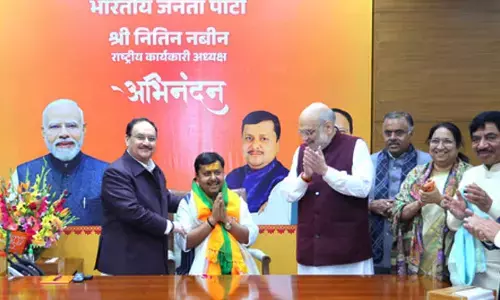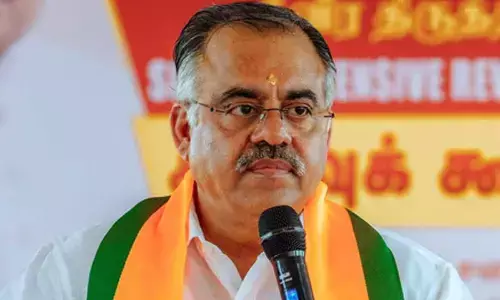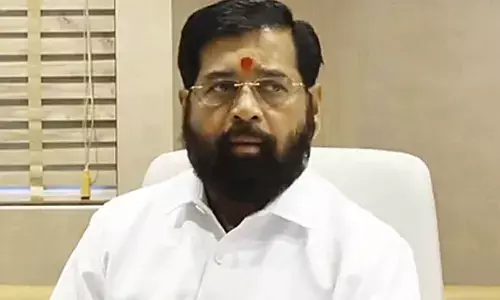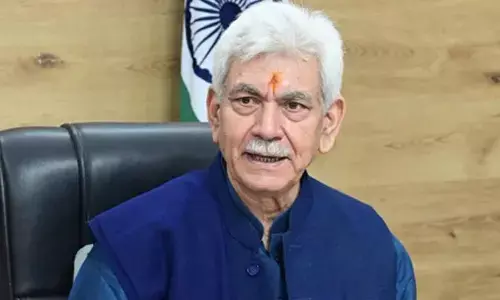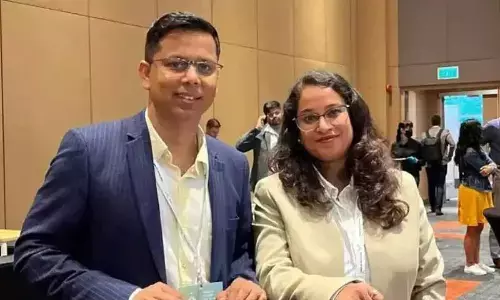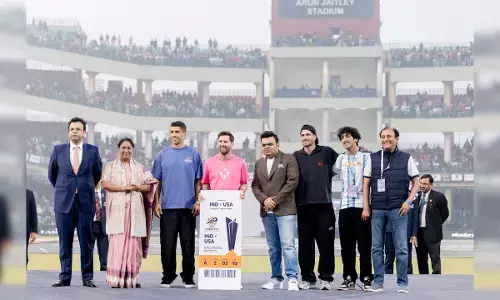India emerges as toy-making hub with 239% jump in exports
Share :
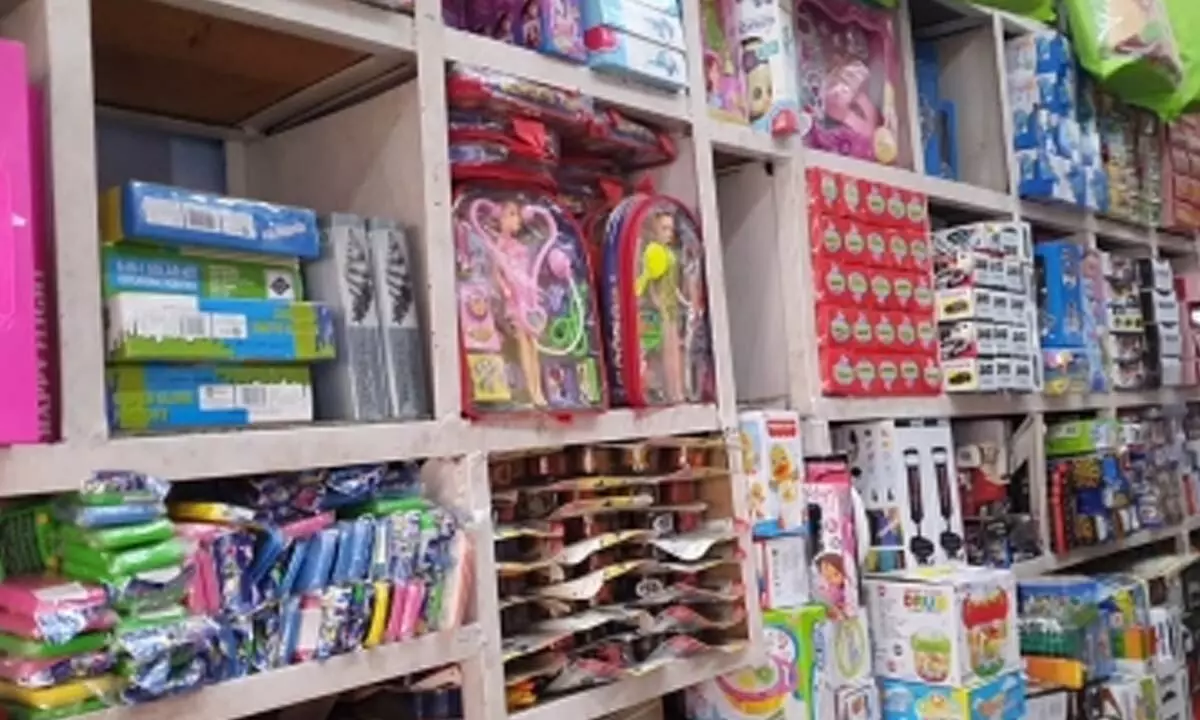
India’s toy industry has witnessed a remarkable growth in FY 2022-23 in comparison to FY 2014-15, with the decline in imports by 52 per cent, rise in exports by 239 per cent, and development of overall quality of the toys available in the domestic market.
New Delhi: India’s toy industry has witnessed a remarkable growth in FY 2022-23 in comparison to FY 2014-15, with the decline in imports by 52 per cent, rise in exports by 239 per cent, and development of overall quality of the toys available in the domestic market.
These observations have been noted in a case study on “Success Story of Made in India Toys” conducted by the Indian Institute of Management (IIM) Lucknow at the behest of Department for Promotion of Industry and Internal Trade (DPIIT).
The study highlights that in a span of 6 years, from 2014 to 2020, these dedicated efforts have led to the doubling of the number of toy manufacturing units, reduction in dependence on imported inputs from 33 per cent to 12 per cent, increase in gross sales value by a cumulative annual growth rate of (CAGR) of 10 per cent, and overall rise in labour productivity.
The report states that the efforts of the government have enabled the creation of a more conducive manufacturing ecosystem for the Indian toy industry.
The report analyses that India is also emerging as a top exporting nation due to the country's integration into the global toy value chain, along with zero-duty market access for domestically-manufactured toys in countries including the UAE and Australia.
The report stated that in order to position India as a viable alternative to current toy hubs of the world, i.e., China and Vietnam, consistent collaborative efforts of the toy industry and the government are essential for advancements in technology, embracing e-commerce, encouraging partnerships and exports, investing in brand-building, engaging with educators and parents to communicate with children, valuing cultural diversity and collaborating with regional artisans, etc.
The report emphasised that to address these issues and foster growth in the Indian toy industry, a strategic plan of action was needed. The government has implemented several interventions and initiatives such as formulation of a comprehensive National Action Plan for Toys (NAPT) having 21 specific action points, and implemented by 14 Central Ministries/Departments, with DPIIT as the coordinating body.
Prime Minister Narendra Modi, during his “Mann ki Baat” address in August 2020, had expressed his desire to establish India as a global toy manufacturing hub. To fulfill the vision, the government has undertaken a series of initiatives including formulation of a comprehensive programme like the NAPT to promote designing of toys, using toys as a learning resource, monitoring quality of toys, promoting indigenous toy clusters, etc.
The basic customs duty on toys was increased from 20 per cent to 60 per cent in February 2020, and subsequently to 70 per cent in March 2023.
The grant of licences was made easier to micro sale units manufacturing toys without testing facility for one year and without establishing in-house testing facility, which was further extended by three years.
The BIS has granted more than 1200 licences to domestic manufacturers and more than 30 licences to foreign manufacturers for manufacture of toys with BIS standard marks. Besides, a cluster-based approach was adopted to support domestic toy industry.
The Ministry of MSME is supporting 19 toy clusters under the Scheme of Funds for the Regeneration of Traditional Industries (SFURTI), and the Ministry of Textiles is providing designing and tooling support to 13 toy clusters.
Several promotional initiatives have also been undertaken to promote indigenous toys and encourage innovation, including The Indian Toy Fair 2021, Toycathon, etc.

